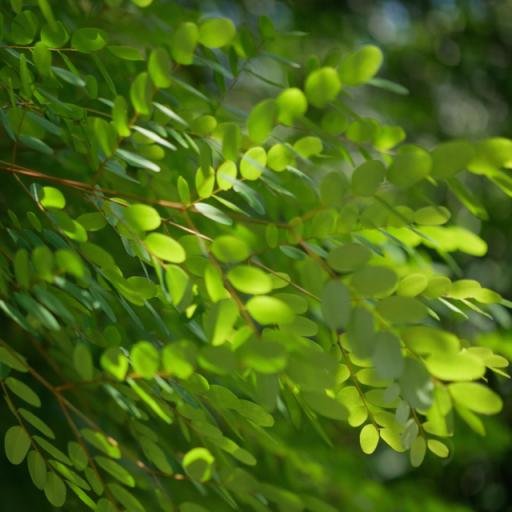
Stats
Work interests: research, editing, science communication
Affiliation/website: National Museum of Ethnology, Osaka
Preferred contact method: Any
Preferred contact language(s): English, German
Contact: email = researchcooperative-at-gmail-dot-com
Favourite publications: Various, and especially the open access versions of older journals with effective review systems
Founding Member
Affiliations: 1996-present: National Museum of Ethnology, Osaka. 1995: Freelance editor, Kyoto. 1994: JSPS Research Visitor, Kyoto University, Kyoto. 1993: Research Visitor, Australian National University, Canberra. 1991: Visiting Researcher, National Museum of Ethnology, Osaka.1990: STA Fellow, National Institute for Ornamental Plants, Vegetables, and Tea (NIVOT), Ano, Japan
Contact: National Museum of Ethnology, Senri Expo Park, Suita City, Osaka, Japan 565-8511
Biographical: Established the Research Cooperative in 2001
Favourite Publications: Various
Co-op flier displayed at archaeology conference (SEAA5, Japan)
I have just returned to Osaka from Fukuoka City in Kyushu, where I attended the 5th World Conference of the Society for East Asian Archaeology (SEAA5). For my own academic reasons, the conference was very interesting.
The conference organisers also kindly allowed me to display our Co-op flier on a desk outside the conference lunchroom, so that I could introduce the network toparticipants passing in and out.
Many participants did take our flier, and if you happen to be one of them, and are reading this message, please do join our network!
For many reasons, there is a huge need for effective communication of archaeology across language barriers, and also within each society and language community.
At the Conference, one of our opening speakers emphasized this with a story from Japan, where archaeologists had discovered evidence of a past mega-tsunami in northern Japan, several hundred years ago. Unfortunately, the implications of this discovery were not effectively transmitted to policy makers, companies, and the general public, before the Tohoku disaster (earthquake, tsunami, and nuclear power-plant meltdowns) in March 2011.











